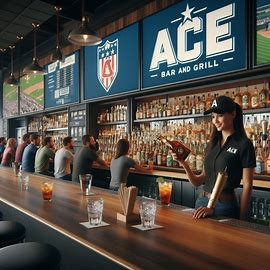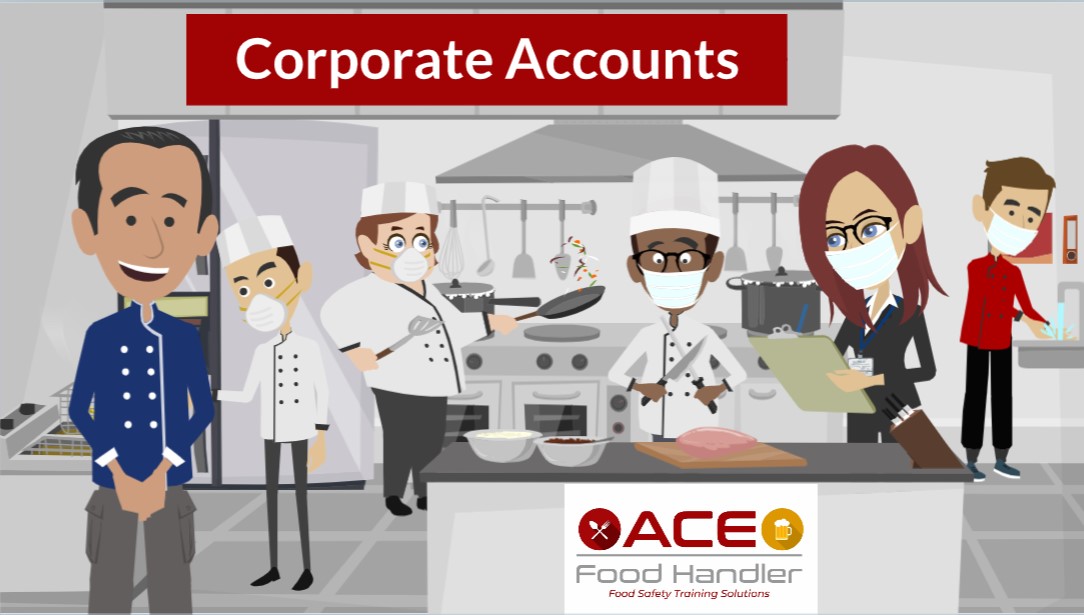5 Key Strategies for Bartenders to Control Liquor Costs and Boost Profitability
In the hospitality industry, particularly within the realm of bars and restaurants, managing liquor costs is crucial for maintaining a healthy profit and loss (PnL) statement. Bartenders play a pivotal role in this aspect of the business. Here are five detailed strategies that bartenders can implement to help control liquor costs and contribute to the establishment’s profitability:
- Adhere to Standardized Pouring Techniques:
- Use Measuring Tools: Always use jiggers or pour spouts to measure exact amounts of liquor for each drink. This prevents over-pouring and ensures consistency.
- Pouring Practice: Regularly practice pouring techniques to maintain accuracy without the need for correction or wastage.
- Educate on Drink Recipes: Know the exact specifications for each cocktail to avoid guesswork, which can lead to using more liquor than necessary.
- Monitor and Report Inventory Accurately:
- Conduct Regular Inventory Checks: Keep track of the liquor inventory at the beginning and end of each shift. Report any discrepancies immediately.
- Record Wastage: Note any spillage or breakage, and report these incidents to help identify patterns and prevent future losses.
- Suggest Inventory Solutions: If you notice recurring issues with certain bottles or brands, suggest alternatives that may be more cost-effective or easier to handle.
- Engage in Responsible Upselling:
- Know Your Menu: Be familiar with the range of products available, including premium options.
- Read the Customer: Offer upsells when appropriate, such as suggesting a top-shelf spirit in a cocktail if the customer seems interested in a premium experience.
- Promote Specials: Highlight any promotions or specials that can move overstocked items or higher-margin liquors.
- Minimize Freebies and Comp Drinks:
- Follow House Policies: Adhere strictly to the establishment’s policies on complimentary drinks. Unauthorized freebies can significantly impact liquor costs.
- Track Comps: Ensure that any comped drinks are properly documented and accounted for in the PnL.
- Educate Customers on Drink Choices:
- Informative Recommendations: When customers are undecided, guide them towards drinks that are profitable for the bar but also meet their preferences.
- Highlight House Specials: Promote house cocktails that use a controlled inventory of liquors, which can help manage costs and waste.
By implementing these strategies, bartenders can significantly aid in controlling liquor costs. This not only helps the bottom line but also demonstrates a bartender’s commitment to the success of the establishment. It’s a win-win for both the business and the bartender, who can take pride in their contribution to the bar’s profitability.
For more information on training and certification, visit ACE Food Handler, ACE Training Platforms, and ACE Continuing Education.






